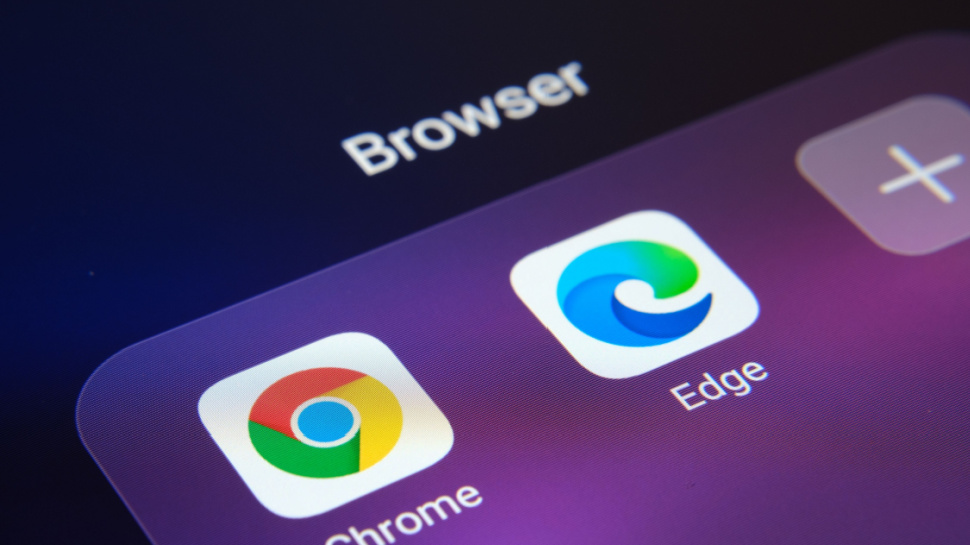
Microsoft Edge’s settings page is getting an overhaul in December, which the company promises will boost its performance. This overhaul is the latest in a series aimed at improving the responsiveness of the browser overall in a bid to gain more market share from Google’s rival web browser, Chrome, which continues to be the most widely-used browser by a huge margin.
The improvements revolve around migrating the to Microsoft’s new WebUI 2.0 toolkit. Microsoft describes WebUI 2.0 as “markup-first”, meaning it prioritizes technologies like HTML and CSS over more demanding tools like JavaScript. In Microsoft’s words, “Modern browser engines are very fast at rendering [page content] so long as you don’t let JavaScript get in the way.”
The problem with using JavaScript is that you have to download it before it can start working – and that can end up slowing everything down, especially, as Microsoft notes, on low-end devices.
Can Chrome be toppled?
Microsoft’s solution to this apparently “minimizes the size of [its] bundles of code, and the amount of JavaScript code that runs during the initialization path of the UI.” In plain English, this means that parts of Edge’s user interface (such as buttons and menus) should feel a lot faster and more responsive.
Microsoft has already migrated Edge’s Browser Essentials UI – which presents security information, and browser stats like memory usage – to the new system. It also migrated the Favorites part of Edge and says this has improved response time by 40%. The Browser Essentials change makes pages load 42% faster overall, and, up to 76% faster on low-end devices, such as machines without SSDs and less than 8 GB of RAM – at least, according to Microsoft.
As for Edge Settings, the changes aren’t totally under-the-hood. Microsoft has also taken the opportunity to provide “minor visual and content upgrades to improve overall usability and utility. This includes optimizing for concise wording of individual settings, simplifying the number of pages and reorganizing content, and creating a cohesive user interface.”
Any improvements to the performance of Edge is welcome, especially as despite Microsoft’s best efforts (such as installing it as default in Windows 11, and constantly badgering users to stick with it), its web browser still seriously lags behind Chrome when it comes to user numbers.
I’m sure most people would rather Microsoft try to win over new users to Edge by improving the overall web browsing experience, rather than shoving some more ads in the Start Menu.
You might also like
- Microsoft admits Windows 11 24H2 could play havoc with some online games – and it’s blocked the update for affected PCs
- Microsoft explains how Windows 11’s controversial Recall feature is now ready for release – it’s coming to Copilot+ PCs in November
- Don’t make these 5 big mistakes when using Windows 11







